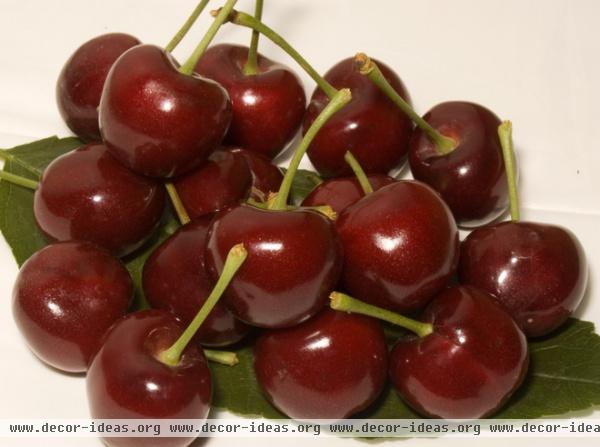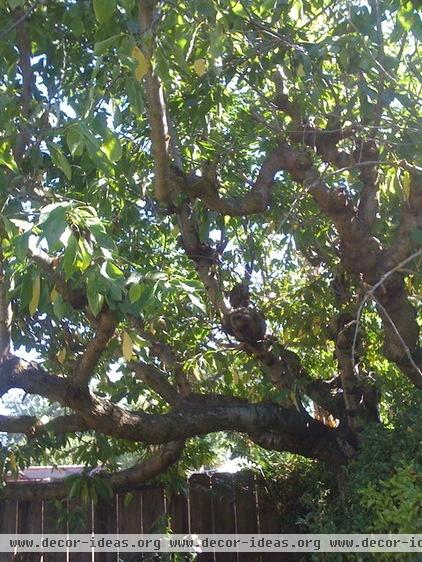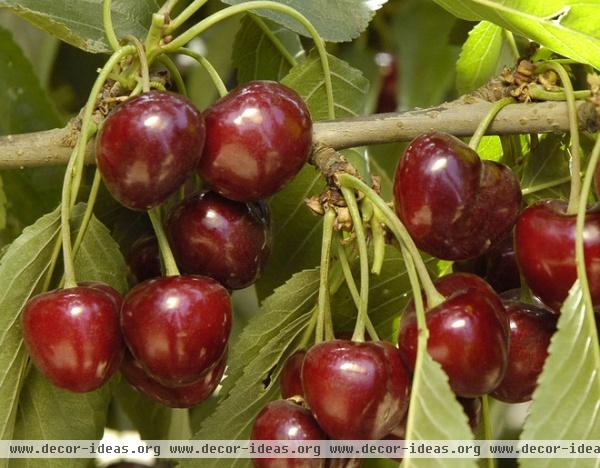How to Grow Your Own Luscious Cherries
A cherry tree adds beauty to your landscape and deliciousness to your dishes. Cherries are quick to produce, setting ripe fruit not long after their blossoms appear, especially in comparison to the other stone fruits, such as peaches, nectarines, plums and apricots. They’re also pretty trees, with clouds of spring blossoms in pink or white, a reddish brown bark, long leaves and great fall foliage color.
There are essentially two types of cherries — sweet and sour. Sweet cherries can be eaten fresh from the tree or used for cooking. Sweet cherries are most commonly grown in the western part of North America, particularly on the West Coast. Sour cherries can be grown throughout most of North America. As their name implies, they aren’t as great for eating fresh, but they are ideal for baking and preserving.
Cherries are not always easy to grow, especially sweet cherries. One grower describes them as suicidal — if there’s a disease or infestation around, a problem with the soil or the weather, or even just a bad day, they respond with dead limbs or other problems. They’re also fussy about getting a certain amount of winter chill without getting too cold or experiencing late frosts, and they don’t like too much heat in summer. Most sweet cherry trees are not self-fertile and require another sweet cherry tree that is known to be a pollinizer nearby. But if they do survive, you can have a beautiful tree that can live for decades and become quite substantial in the landscape.
Sour cherries are less fussy than sweet ones. They can handle a wider range of climate conditions and soils and are more often self-fertile. They’re also generally smaller, a plus for a home garden if you don’t want to do extensive pruning.
Whatever cherry you decide to grow, be sure that it’s a fruiting cherry tree. The flowering cherry, made famous in Asian-inspired gardens and Washington, D.C., is beautiful but won’t provide fruit.

Where they will grow: Grow sweet cherries in the western United States, especially along the coast, and in areas of the Midwest in zones 5 to 10. Grow sour cherries throughout most of North America where there is sufficient winter chill (low-chill varieties are available), generally in zones 4 to 8.
Favorite sweet cherries: Bing, Black Tartarian, Craig’s Crimson, Kristin, Lambert, Lapins, Minnie Royal, Rainier, Royal Ann, Stella, Sweetheart, Van
Favorite sour cherries: Early Richmond, English Morello, Meteor, Montmorency, North Star

Planting guidelines: When choosing a sweet cherry, look for a tree with a strong central leader. For sour cherries you can go with either a tree with a central leader or one with a more open shape.
Choose a spot in full sun with well-draining soil, especially for sweet cherries; sour cherries can handle a wider range of soil types. If you live in an area subject to late frosts, plant in a protected spot where cool air won’t pool. For sweet cherries look for a spot where the roots won’t stay wet. This isn’t as important for sour cherries, but avoid planting either in a lawn.
Bare-root trees should be planted in late winter or spring, when the soil can be worked. You can plant balled and burlapped or container trees in the fall as well. For sweet cherries amend soil that is either very sandy or very heavy and claylike before planting.
Keep the bud union on the tree a minimum of 2 inches above the ground; up to 5 inches is ideal.

Care requirements: Once in the ground, cherries generally don’t need involved regular care. It’s the pests and diseases, plus an occasional strong wind, that will do them in. Water regularly throughout the growing season. About two weeks before harvest, cut back on water to prevent fruit split. Mulch will help conserve water and discourage weeds.
Fertilize sweet cherries only when production drops. Sour cherries generally don’t need fertilizer.
Pruning: Pruning is also relatively easy for cherries. Prune right after the harvest. With sweet cherries the fruit develops on spurs that form on older wood. With sour cherries the fruit develops on the shoots on older wood.
Prune primarily to remove dead, diseased and crossing branches. Leaving about 2 feet between lateral branches on sweet cherries will encourage good fruit production. If the trees become too large, you may need to do additional pruning.
Pests and diseases: This is where many problems with cherries lie. Start with really good garden sanitation, including disposing of diseased branches and fruit, to prevent diseases and ward off pests.
Cherries are prone to a number of diseases, including black knot, blossom blight and brown rot, which can be controlled with a spraying program. Powdery mildew and silver leaf can also be a problem.
When it comes to pests, you may face some problems with aphids, maggots, mites and scale but probably won’t experience large-scale issues. Another pest problem might be borers. The major problem will be birds, who adore most cherries. They do seem to ignore yellow cherries.

Harvest: Gently twist off the stems when the fruit is completely ripe, being careful not to tear the spur or wood. Use the fruit immediately, so it doesn’t become mushy or develop mold, or you can preserve, freeze or dry it.
More: How to grow other fruit trees












